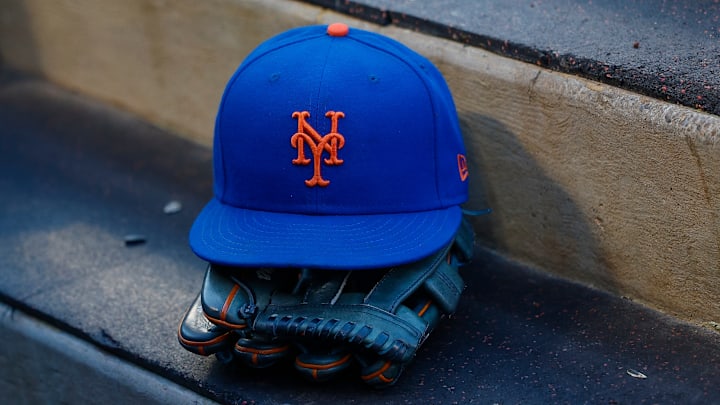The New York Mets' big league season hasn't gone exactly according to plan, but down on the farm, everything seems to be sunshine and rainbows. Double-A awards and All-Stars have just been announced, and the boys in Binghamton put up a dominant showing.
There were the expected superlatives. Jonah Tong was named Eastern League pitcher of the year. Jett Williams took home both an All-Star nod and the Top MLB Prospect award as he finally proved he could stay healthy and flashed his exciting tools. Even Reid Brignac was awarded Eastern League manager of the year.
In addition to Tong and Williams, four more Mets prospects were named to the Eastern League All-Star team: first baseman Ryan Clifford, starting pitchers Jack Wenninger and Joander Suarez, and reliever Douglas Orellana.
The jump from Hi-A to Double-A is considered to be the most severe, meaning the Mets' full representation in the All-Star voting is even more significant, especially for those who reached the level for the first time. It validates New York's ranking as one of the best farm systems in baseball, but one of the most encouraging signs is the inclusion of a couple of lesser-known prospects.
Inclusion of NY Mets prospects Joander Suarez and Douglas Orellana among the Double-A All-Star selections should raise their profile
Jonah Tong, Jett Williams, Ryan Clifford, and Jack Wenninger's inclusions on the All-Star team are somewhat expected. The first three are among the system's crown jewels, and Wenninger isn't far behind. It's unfair to say that any prospect should come away with such an honor, but it would be somewhat surprising if these top-tier youngsters didn't.
For guys like Joander Suarez and Douglas Orellana, however, it really is something. Relief-only prospects, something that Orellana has become this year after bouncing back and forth between the rotation and bullpen in the past, don't get much love to begin with, but as a lower-priority international free agent signing that goes double for the 23-year-old Venezuelan.
Orellana thrived, making the jump from Hi-A Brooklyn, where he was all of 2024, to Double-A, posting a 1.64 ERA with 12.55 K/9 and a decent 3.55 BB/9 over 25 outings and 33 innings pitched for Binghamton. His performance earned him a promotion to Triple-A Syracuse, where, unfortunately, the magic wore off.
At the minors' highest level, his strikeout to walk ratio plummeted to a grotesque 1:1, leading to an inflated 5.30 ERA over 18.2 innings. Still, it's a relatively small sample of struggles for Orellana, and he'll be an arm to watch next year as he looks to fare better in his second Triple-A go-around.
As for Suarez, the 25-year-old has been an afterthought in Mets prospect conversations for some time now. 2025 represented his second stint in Double-A, after spending the bulk of his 2024 campaign there, posting a 3.92 ERA over 119.1 innings.
For his 2025 encore, Suarez improved in nearly every metric. He brought his strikeouts over one per inning, coming in at 9.15 K/9, and cut his walks down, resulting in a very efficient 1.42 BB/9. The end result was a 3.05 ERA in 20 appearances (15 starts), and 82.2 innings.
Like Orellana, Sanchez also earned a promotion to Syracuse, and in three starts, things did not go well. An elevated home run rate of 1.69 helped to push his ERA to a bloated 9.28, though with just a 10.2-inning sample size.
The road to major league relevance for both of these guys is still very rocky, but there's a world where one or both could become factors. For Orellana, relievers come out of nowhere all the time, and if he can right the ship in Triple-A, you never know what can happen. As for Suarez, you never know what can happen.
The same reliever caveat applies to him as does Orellana, but there's also the possibility that he could develop into a multi-inning bulk option out of the pen, or serve as a shuttle-type arm, making spot starts or eating innings out of the pen as needed. That might not be the most flashy role, but teams need reliable arms to do this dirty work, if nothing else.
